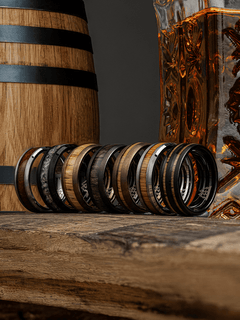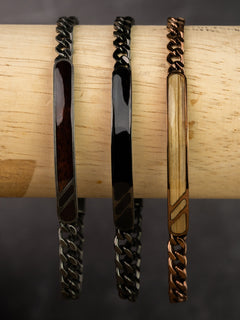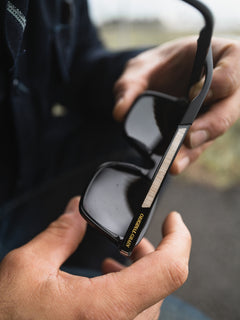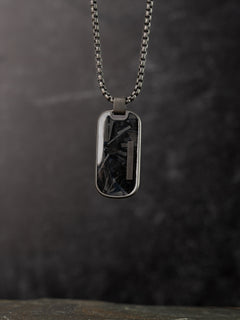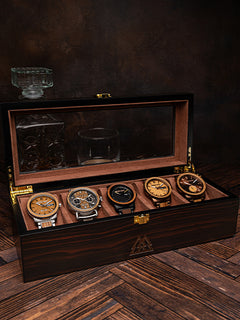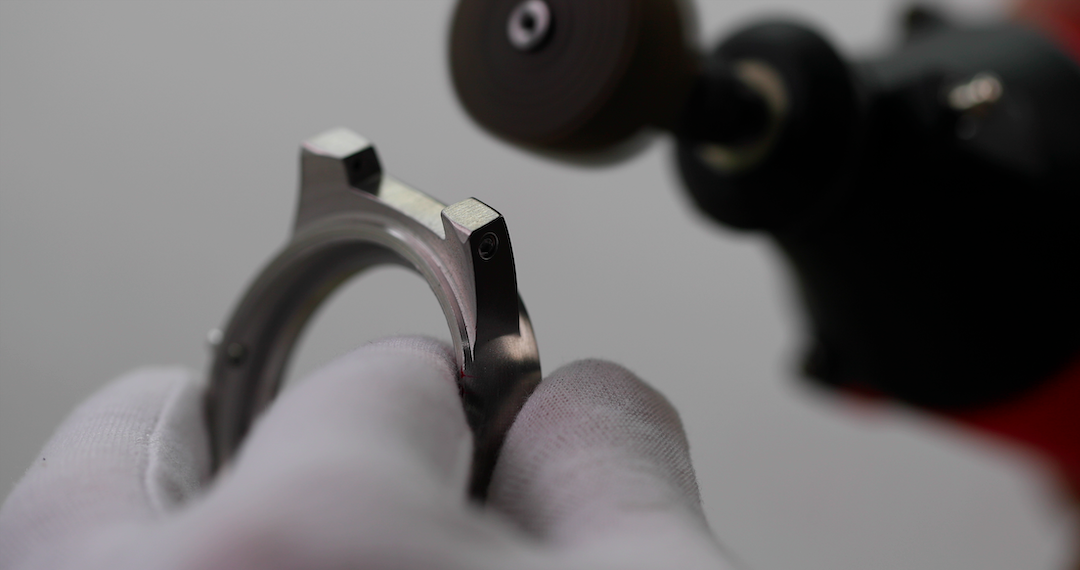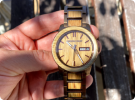The anatomy of a watch is something to be admired. With so many literal and figurative moving parts in every timepiece, the craftsmanship put into watches is intricate to say the least.
Both watch collectors and casual wearers alike care about watch anatomy whether they realize it or not. The anatomy of a watch is what gives it its design. The design is what determines how the watch feels, operates, and most importantly, looks.
One of the greatest guiding components of every timepiece’s design is its casing. The case of a watch is not only important because it holds together the inner workings and protects it from the elements, but also because it shapes the overall appearance.
The casing is the outside perimeter of a watch and is often what initially draws the attention of the owner and other admirers. Most know watches to have a circular face, and therefore a circular case, but in reality, there are plenty of watch case shapes to explore.
Watch Case Shapes
Watch casings have a grand history, as all great design does. From different eras, artists, and craftsmen, watch case shapes have seen many forms.
This guide will give you insight into six of the most common shapes, and perhaps inspire you to expand your watch collection to include them all.

Round
The round case shape is the one you’ll find yourself most familiar with. In design history, we’ve often used circles to convey and display the passing of time. Think of a wall clock or a diagram displaying a life cycle.
The round case shape is the most minimal, and therefore easiest to read. At Original Grain, most of our timepieces are designed with a round casing. Using a minimal casing highlights the sustainably sourced wooden inlays that make our watches so unique.
Original Grain Barrel Watches are made with a 42mm casing that holds together the crystal glass and wooden bezel and face of each one. We believe that pairing beautiful, natural woods with a minimalistic casing is the best way to highlight the craftsmanship of each timepiece.

Rectangular
A rectangular case shape is the second most common and has a history dating back to 1917. The Cartier Tank, released in 1917, had a shape inspired by the Renault tanks used in WWI.
The rectangular shape became so influential that many watch enthusiasts refer to rectangularly shaped watches as “tanks.”
Today, we see fewer timepieces taking on the rectangular casing, but we still see reference to it in the shape of the Apple watch. The rectangle has proven to be a timeless shape and is often used for women’s watches as it’s a bit more slimming than the traditional round casing.
Square
Square watches are a rarity in any watch collection box. Square casings had a run of popularity around the same era as the rectangular watch. Although popular in the early 1900s, square watches got new life in the 70s, and are now showing up from time to time in new collections.
In the 70s, the square shape was used mainly for sports watches and was greatly associated with the aeronautical industry. Today, the square watch plays off of its history and continues to have both casual and innovative associations.
The square casing is somewhat of a little black dress of wrist accessories. Square watches go with anything and everything yet are still unique in their own way.
Tonneau
The tonneau case shape is well-known for going against the grain. This shape is not a rectangle or a circle, but a combination of the two. Tonneau in French means “barrel,” and that’s exactly what this casing is meant to be designed after.
Followed by Cartier, the original maker of the tonneau, Vacheron Constantin released his own variation. Constantin says his decision was made to, “break away from the traditional round shape of the watch in the avant-garde spirit of a progressive age.”
The tonneau shape is bold and stands out as a luxury watch case shape. Unlike circles and squares, the barrel shape is not one we often find in nature. Where a tonneau with pride, knowing that it was designed with intent.
Asymmetrical
Asymmetrical cases are somewhat similar to round cases but are slightly wider on the crown-side of the watch. The crown is the piece used to wind the watch and set the time and date.

Asymmetrical cases were designed to provide a bit of extra weight to surround the watch’s crown and stem. Chronographs, in particular, benefit from asymmetrical casings as along with the crown and stem, chronographs have pushers used for the stopwatch feature.
Recognizing whether a watch is round versus asymmetrical is a true skill, but won’t take long to master once you know the difference.
Avant-Garde
Although the Tonneau paved the way for avant-garde casings, there’s so much further away from safe that a casing can go. As long as a casing does its function of keeping the watch together, the design of the case can get incredibly creative.
Avant-garde is seen in all realms of design. From architecture to product design, avant-garde pushes the boundaries of the status quo. If you’re looking for a standout timepiece, do a bit of research into an avant-garde wrist accessory.
Why Does It Matter?
Your watch’s shape and aesthetic are determined by its casing. Whether you have a round, square, tonneau, or avant-garde casing, every timepiece is designed with intent and creativity backing it.
Similar to all other fashion garments, every innovation in design says something different and has its own place in your wardrobe. The next time you’re looking for a new watch, don’t only consider the band or the material but keep an eye out for these case shapes so you can create a diverse watch collection.


























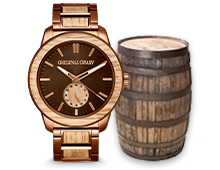
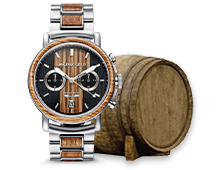
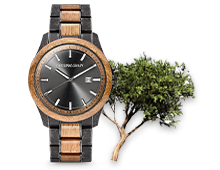
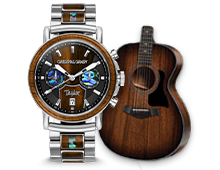
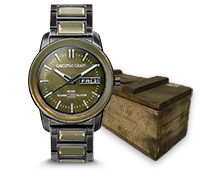
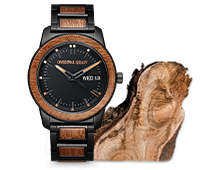
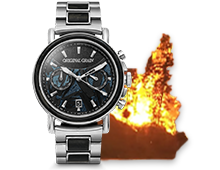
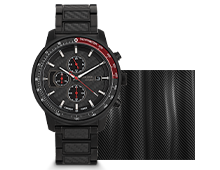
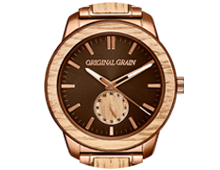
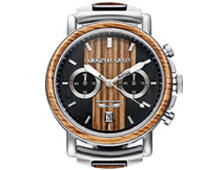
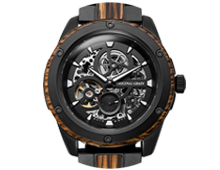
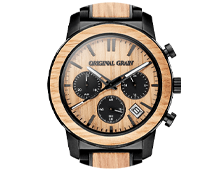
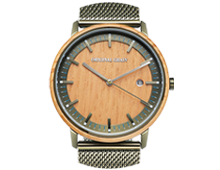
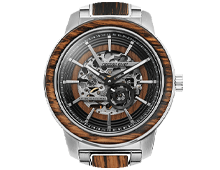
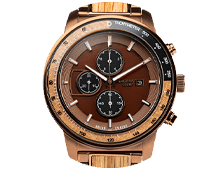
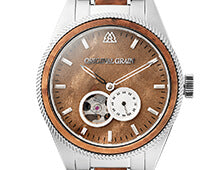
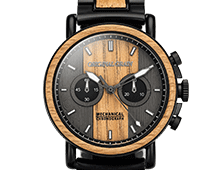
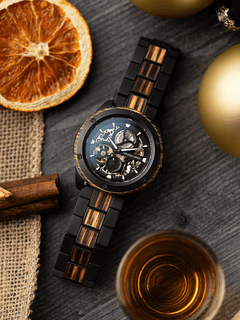
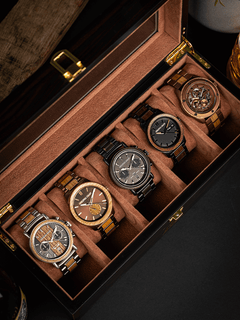
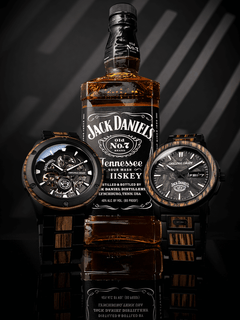

 Bob Marley
Bob Marley
 Coors Banquet
Coors Banquet
 Ford Motor Co.
Ford Motor Co.
 Realtree
Realtree
 Grand Ole Opry
Grand Ole Opry
 Ryman Auditorium
Ryman Auditorium
 Taylor
Taylor
